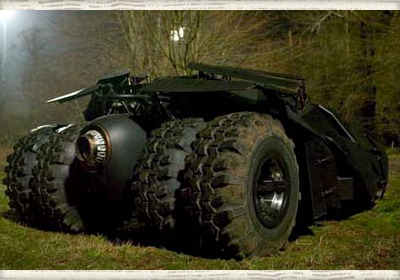What's New - July 2005
Wed, 13 Jul 2005Volvo C70
Volvo has released pictures of the second-generation C70, to be launched in September at the Frankfurt Motorshow. The new C70 seats four with a two-faced three-stage folding hardtop meaning there will be just one body style: rivals Mercedes CLK and SAAB 9-3 must wait until the next generation before they can claim the same.
Designed as a coupe from the outset, the C70 answers the perennial cabriolet problem with an elegant profile, roof up or down. Typical Volvo design language usually sees the base of the side glass directly ascending from the shoulder line. This was compromised in the previous incarnation with an additional line introduced to allow for the transformation to cabriolet. Though still apparent in the new version it is much better controlled, while the tighter flanks give solidity to the aesthetic when the roof is down. Well considered and consistent with the range, the C70 will no doubt be as well received as the initial version at its launch.
Kia VQ
First shown in February at the Chicago Auto Show, Kia has just launched its new VQ in Korea. The outgoing model was significant for Kia, attaining five stars in safety tests, and was their best selling car in America last year. The redesign brings about more safety and a lot more space: the VQ has an incredible four rows of seats. This brings the potential rump count to eleven, considered in some countries as a bus. They are of course wrong, unless they are talking about an airbus. Measuring a massive 5130mm in length with a 3020mm wheelbase, the VQ has a unique 2-3-3-3 seating layout. True, Volkswagen and Ford will offer similarly capacious alternatives, but unlike it's van-based rivals the Kia VQ does not have a commercial twin.
Despite the Kia's taut, almost teutonic sides and clean shoulder sweep, styling has obviously taken second place to practicality with an ambiguous H-shaped grille and copycat lamps all round, though the 1.5 box proportion is unusual for a car of this stature. Inside, the centre console has ubiquitous vertical vents with the screen cited centrally, little else being noteworthy except for that seating plan. Arriving in the States as the Sedona in September, and in Europe in 2006, the VQ should continue its popularity, offering enough space to swallow a village at a reasonable price.
New Kia Studio announced
Frankfurt, Germany's financial capital and the geographical centre of Western Europe, is an area already home to design studios from GM and Honda, Hyundai-Kia, Mazda and Mitsubishi. Following in the wake of the recent announcement of GM's new studio there, the city will now also become home to another one from Kia. The state-of-the-art design centre will be fully independent from its sister company, Hyundai Motors, marking a significant change in strategy as all their other studios are jointly operated. With its separate facility, Kia Motors aims to further strengthen its goal of designing high quality vehicles, delivering Eurocentric style and performance in line with the needs and desires of European customers.
These latest plans signal Kia's continuing commitment to the continent, which this year became Kia's largest export market. The construction of the integrated building for Kia Motors Europe's new headquarters and design centre is expected to be finished by February 2007, while interviews are already underway to fill it. Curr?ently, the jointly operated Hyundai-Kia European R&D Center is located just outside Frankfurt in Russelsheim, close to GM.
Mitsubishi Concept Sportback
Mitsubishi Motors has released sketches of its Concept-Sportback, to make its world debut at the Frankfurt Motor Show in September. The concept gives the first indications of the company?s vision for its next generation C-segment cars, and debuts its design inspiration for a new European 5-door sports hatchback.
The exterior features a sporty wedge-like profile, sharply chiselled lines, an assertive stance born from long wheelbase / wide track proportions and a very expressive high-shouldered rear end. The Concept-Sportback also debuts a new Mitsubishi Motors-developed platform. Of strategic importance, this platform is flexible enough to accommodate a wide range of derivatives and, as a result, will spawn a range of new models over the next three years from SUVs to family hatchbacks.
'Batman Begins' Batmobile
This is the crouching, jagged new Batmobile from the movie 'Batman Begins'. Moving away from the sleek cat-like design of the first four films, production designer Nathan Crowley tried to create a more functional and realistic car. He cut apart and combined 1:12 scale models of a Countach and a Hummer, dropping in the cockpit from a model P-38 Lightning. Nathan built six models like this before he got the look he wanted. This process took about four months, and was followed by a full-size foam model, and finally a range of full-size and scale models used in various sequences of the film.
The four fully driveable Batmobiles used in the film are powered by a 340-hp GM V8 engine, and are capable of 0-60mph in 5.3 seconds. Under full acceleration, the car rises up on its front 'legs' while the front wheels stay planted on the ground creating an effect like a giant spider - a 'bonus', according to Crowley. The rear tires are 37-inch-diameter 4x4 mud tires. The Batmobile is over 9 feet wide.
By

